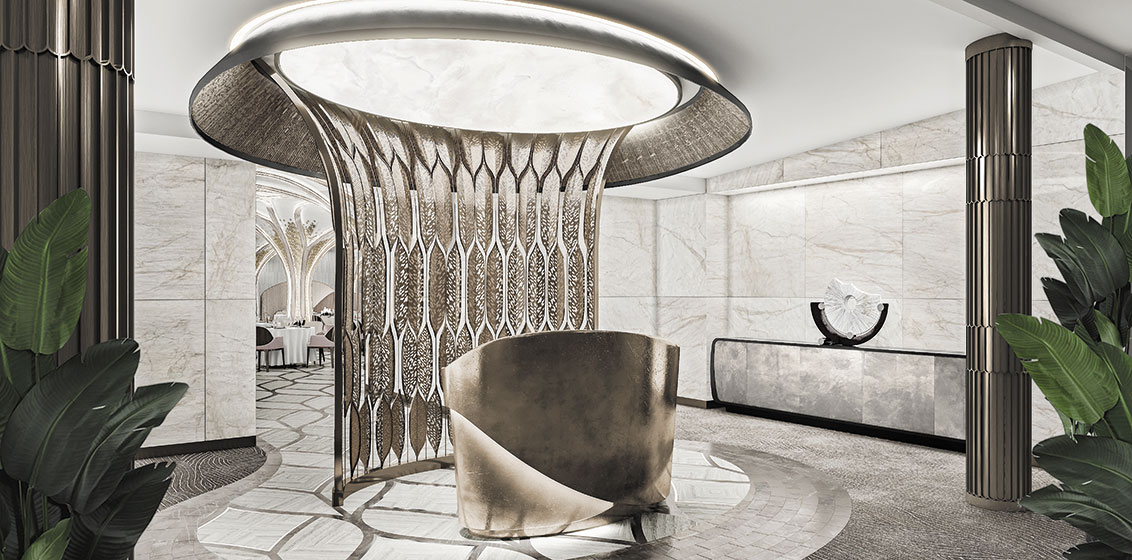For most of us, Colon is just a jumping off point to the nearby feature synonymous with the whole country of Panama – the Panama Canal. There are some human achievements that show that grand plans can come to fruition and we should be proud of what we can achieve. In an age when laying national broadband cables seems all too difficult, it’s hard to imagine looking at 77 kilometres of mountains and disease-ridden jungle and picking up pick and shovel and thinking “we can dig a ditch through this and link two oceans”. It’s even more surprising that it was first proposed in 1534 by the king of Spain.
However, things only really got underway when the French, filled with enthusiasm after digging the Suez Canal that was twice as long in just 10 years, started on the Panama Canal in 1880. Apart from running out of money, they only made two fundamental mistakes. Firstly, they wanted an all-water route. That is, they weren’t planning to have locks but simply to dig a trench deep enough for ships to sail through. Secondly, they underestimated the environment so rain caused excavations to collapse and thousands of workers died of disease from the swamps. It’s estimated that 30,000 of the 80,000 people that worked on the canal perished – and most (perhaps 22,000) died during the French attempt.
In 1903, the US took a lease over the site and set to work in 1904 with the enthusiastic support of President Theodore Roosevelt. A lot more was known about the causes of disease by then so the swamps were drained and mozzies poisoned. Ingenious techniques to move the rock and dirt were devised and a more-conservative lock-based crossing was designed. The canal was finished two years ahead of schedule and the first ship sailed through the canal’s three sets of locks on August 15, 1914.
Trivia question: in what direction does the Panama Canal run? The logical answer is west to east from the Pacific to the Atlantic but that’d be wrong. In fact the canal runs north to south, with the Pacific on the southern side. Colon is on the Caribbean or northern side.
In 1997 I rode my motorcycle the length of the canal from Panama City to Colon and back. At that time the canal was still in US hands – it was handed to Panama at midnight on December 31, 1999. As Radiance of the Seas would be transiting the canal tomorrow I decide to take an organised excursion to see the canal from a kayak around the islands of Gatun Lakes.
Minutes after we leave the small city of Colon behind, the bus stops so we can observe about a dozen howler monkeys in a tree. They are probably both the noisiest and laziest of monkeys so we soon move on. We then spend about an hour watching two cruise ships pass through Gatun Locks, a fascinating engineering insight. Finally we arrive at a lakeside resort and take a 30-minute boat trip along the canal, passing close by two cruise ships on the way. The kayaks are sit on, rather than sit in and we only see a few rather nondescript birds for the hour or so we are on the water but we do see a sloth (three-toed) and a crocodile as we disembark the transfer boat. The locks are more impressive than the paddle and the boat journey is an unexpected highlight.
Back on the ship there’s an increasing mood of anticipation as the captain announces we will be approaching the first lock at 6am tomorrow. Like many, I set my alarm and go to bed early.
Words: David McGonigal.






